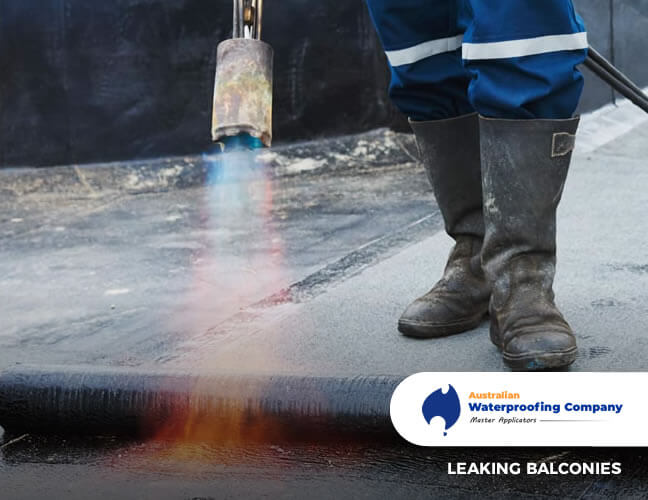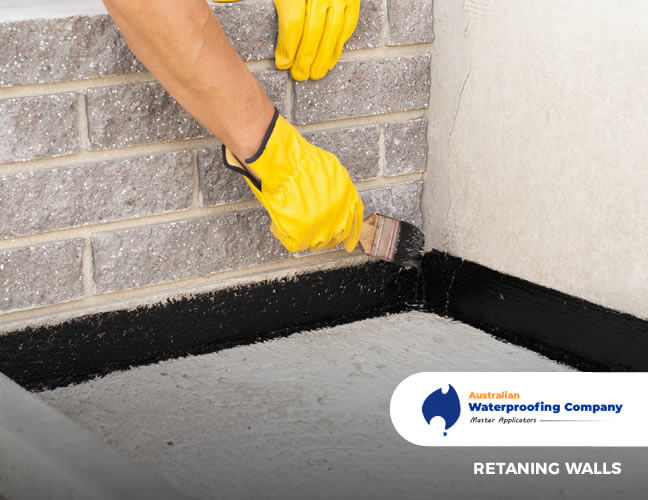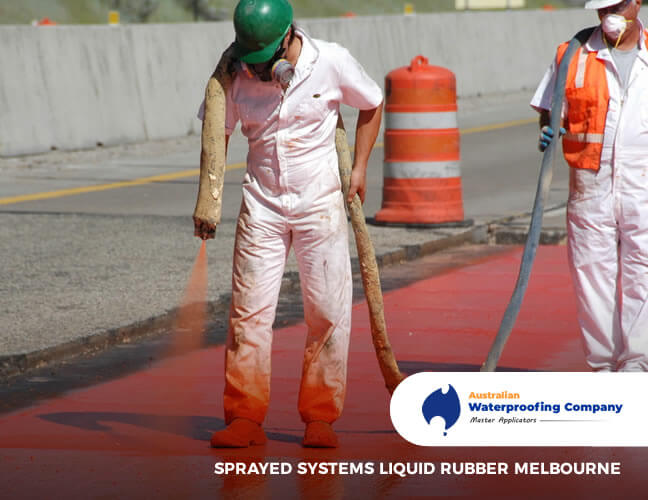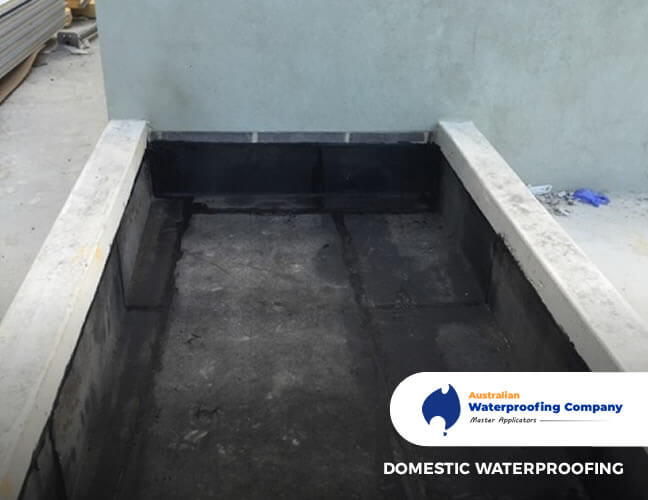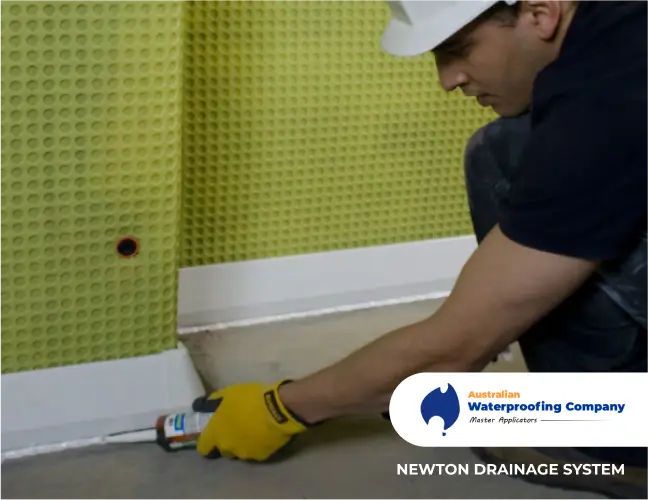Crack repair with injection of epoxies or polyurethane foams

The first question that often arises as to which is better in concrete or block crack repair: epoxy or polyurethane foam. If the crack needs to be structurally repaired and the area needs to be as strong as or stronger than the concrete around it, the answer is simple: epoxy. The answer is less simple if the crack needs only to be repaired to prevent water leaking through it. Polyurethane has a far better chance of accomplishing this task as it flexible. If water is flowing from a wall floor junction polyurethane is the only solution.
Epoxies have the advantage of introducing structural integrity, whether needed or not. Polyurethane foams are often more versatile when the crack is actively leaking at the time of repair, or if the area is still subject to limited movement.
Causes for concrete cracks

Moisture permeates the tiny breaks in the concrete substrate and in colder climates enlarges them to full-fledged leaking cracks by expansion/contraction resulting from freeze/thaw cycle of the moisture.
As the ground around the footing or foundation stabilises, any movement can cause the rigid concrete substrate to separate at these tiny breaks in the concrete, enlarging them to a water-leaking size.

Low and high pressure crack injection waterproofing

The repair of the concrete structures mentioned above is suitably accomplished using low-pressure injection of the damaged areas with a liquid polymer, which hardens with time. Other applications, such as those involving very thick-walled structures (e.g. dam repair) or where a high volume of water flow must first be stopped may be better suited for high-pressure injection.
Low-pressure injection, here defined as 20-40 psi, utilizes surface ports placed directly on the surface of an otherwise sealed crack as the entry point of the liquid polymer. This technique can be utilized at up to 250 psi of injection pressure.
High-pressure injection at 250 psi -100 psi psi utilises injection packers which are typically placed in holes drilled at 45 degrees to intersect the interior of the crack. Until recently, this technique has traditionally been used in in commercial and civil projects, but as the technology is more readily available the use of polyurethane foam repair is preferred. The disadvantages of this approach is the extra cost of packers but it’s worth it in the long run.
The secret to effective crack injection waterproofing, whether epoxy or polyurethane foam, is low-pressure introduction of the liquid polymer into the crack. Low pressure (20-40 psi) allows the applicator to properly monitor the injection process. At this pressure range, the applicator can be confident that the crack has been saturated with the liquid polymer up to that point when liquid begins to collect at adjacent surface injectors.
Polyurethane foams are classified as hydrophilic or hydrophobic. Both a hydrophilic and a hydrophobic react with water (typically that present in the crack, although they can also be mixed with water immediately before injection). A hydrophilic foam system will entrap any excess water present within its structure during foam formation. Both can be formulated to be flexible but a hydrophilic system is typically more resilient than its hydrophobic counterpart. The disadvantage of a hydrophilic foam is that it can lose any excess water due to evaporation under dry conditions and subsequently shrink (growing again when exposed to more water) Recently, a hydrophobic formulation has been introduced with claims of being as resilient and flexible as a hydrophilic without subsequent susceptibility to shrinkage with time.
Australian Waterproofing Company
WE HAVE A VAST RANGE OF WATERPROOFING CAPABILITIES
Australian Waterproofing Company is one of the leading waterproofing contractors in Melbourne.
We make use of premium quality materials to waterproof your building.
CALL NOW FOR A FREE QUOTE0431 606 905

You Name It We Can Waterproof It, On Budget And On Time.
Make sure your domestic and commercial property is waterproofed using the best materials in the industry by contacting Australian Waterproofing Company.




